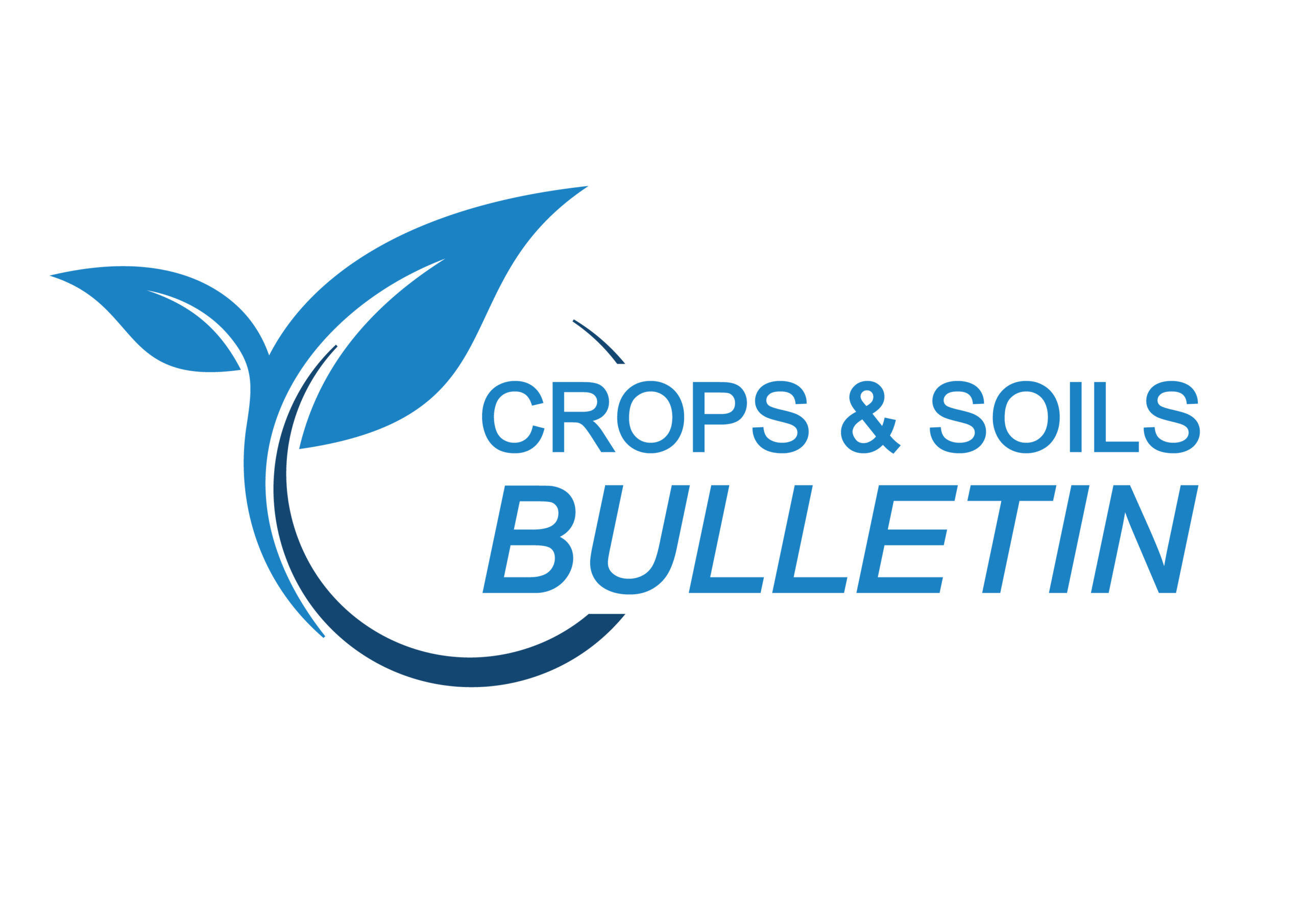Cover Crops for the West of Scotland
27 March 2024Cover crops can deliver multiple benefits for farmers in the west of Scotland in their crop production by bringing resilience into their agricultural system.
There are two types of cover crops:
- Legumes, such as clovers, beans, peas.
- Non-legumes, such as cereals, herbs, and brassicas.
Legumes often take longer to establish as a cover crop but hold benefits such as biological nitrogen fixation, increase soil organic matter and functionality as a ‘green manure’ for following crops.
Non-legumes absorb excess nitrogen in the soil which otherwise might have been lost, can increase the subsequent crop biomass and improve soil quality. See Figure 1.
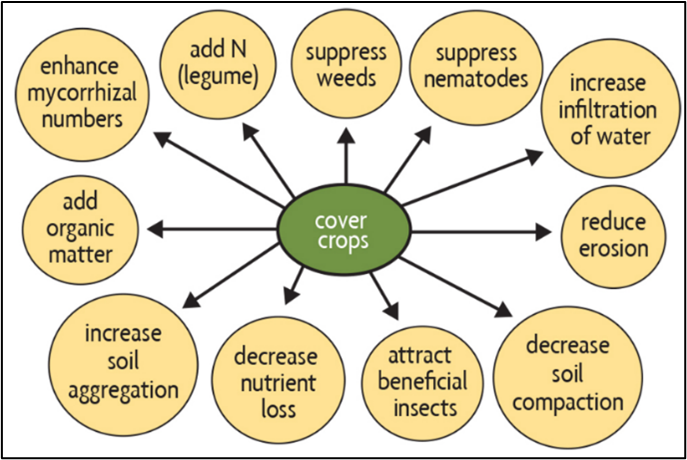
Figure 1- Cover crop benefits. (SRUC: Leading the way in Agriculture and Rural Research, Education and Consulting – www.sac.co.uk)
Over winter cover crops can be grown as part of many systems to enhance biodiversity, control crop diseases, provide some carbon sequestration, decrease other nutrient leaching, enhance soil structure, suppress weeds, and enhance overall ecosystem health. Nevertheless, growing conditions can be challenging for establishment of cover crops in the West with colder temperatures, in some heavier soils, and wetter weather. It is not all positive when it comes to cover crops. The additional costs of seed, additional cultivations and time are to be considered plus there is a higher likelihood of increased slug populations following some cover crops. The cover crop can become a weed in subsequent rotations and the allelopathic* effects may have a negative impact on the main crop. *(the inhibition of one plant species by another due to substances released into the soil environment that inhibit germination or plant growth).
It would be fair to say that confidence in production and financial return is low in the West of Scotland where generally our pasture-based systems have not led us to think about them very much. It is the case that many species that perform well on arable farms in the East and down south are not conduit to this climate. However, there are some species and mixes that can provide the benefits outlined above. The West of Scotland’s unique climate and agricultural landscape, presents both challenges and opportunities for farmers aiming to foster sustainable practices.
Five potential cover crop species to think about to sow solely or in mixes are mentioned below. Mixtures offer combined benefits, mitigating against poor performance.
Legume Examples
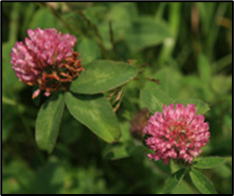
Red Clover (Trifolium pratense)
Benefits: Red clover is a versatile cover crop known for its nitrogen-fixing abilities. This species enhances soil fertility by capturing atmospheric nitrogen and converting it into a form that plants can utilize. Its deep root system also improves soil aeration, promoting a healthier microbial community.
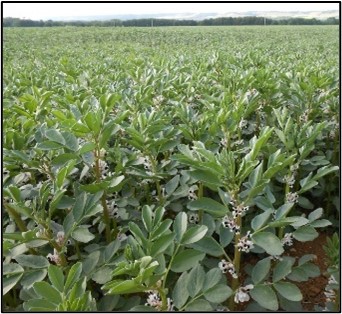
Field Beans (Vicia faba)
Benefits: Field beans are a valuable cover crop option, particularly in rotations with cereals. They fix nitrogen, providing a natural boost to soil fertility. Additionally, field beans have a dense canopy that suppresses weeds, reducing the need for herbicides and promoting a more sustainable approach to weed management.
Non-Legume Examples
Brassica: Forage Radish (Raphanus sativus var. longipinnatus):
Benefits: Forage radish is an excellent choice for breaking up compacted soils. Its long taproot penetrates deep into the ground, breaking up hardpans and enhancing water infiltration. As the radish decomposes, it leaves channels in the soil, improving aeration and creating a favourable environment for subsequent crops.
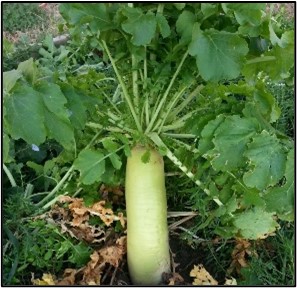
Herbs: Phacelia (Phacelia tanacetifolia)
Benefits: Phacelia, is a popular cover crop with vibrant purple flowers. It attracts pollinators, promoting biodiversity, and its fibrous root system helps prevent soil erosion. Phacelia is well-suited for the west of Scotland's climate, establishing in colder soil temperatures and growing in cooler conditions.
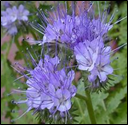
Cereals: Winter Rye (Secale cereale)
Benefits: Winter rye is a hardy cover crop that excels in cool and wet climates. It provides excellent ground cover during the winter months, preventing soil erosion and nutrient leaching. Moreover, its dense root system helps improve soil structure and captures excess nutrients, preventing them from entering waterways.
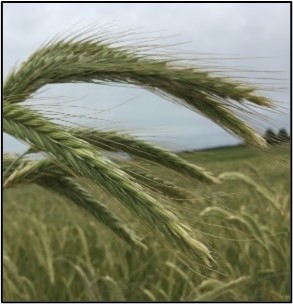
Implementing cover crops in the agricultural practices of the West of Scotland requires thoughtful consideration of local conditions and crop rotations. These species offer a starting point for farmers who may want to integrate them to make a more productive agricultural system.
Please contact us if you have any questions about growing a cover crop this year.
Jack Munro, SAC Consulting
Sign up to the FAS newsletter
Receive updates on news, events and publications from Scotland’s Farm Advisory Service

